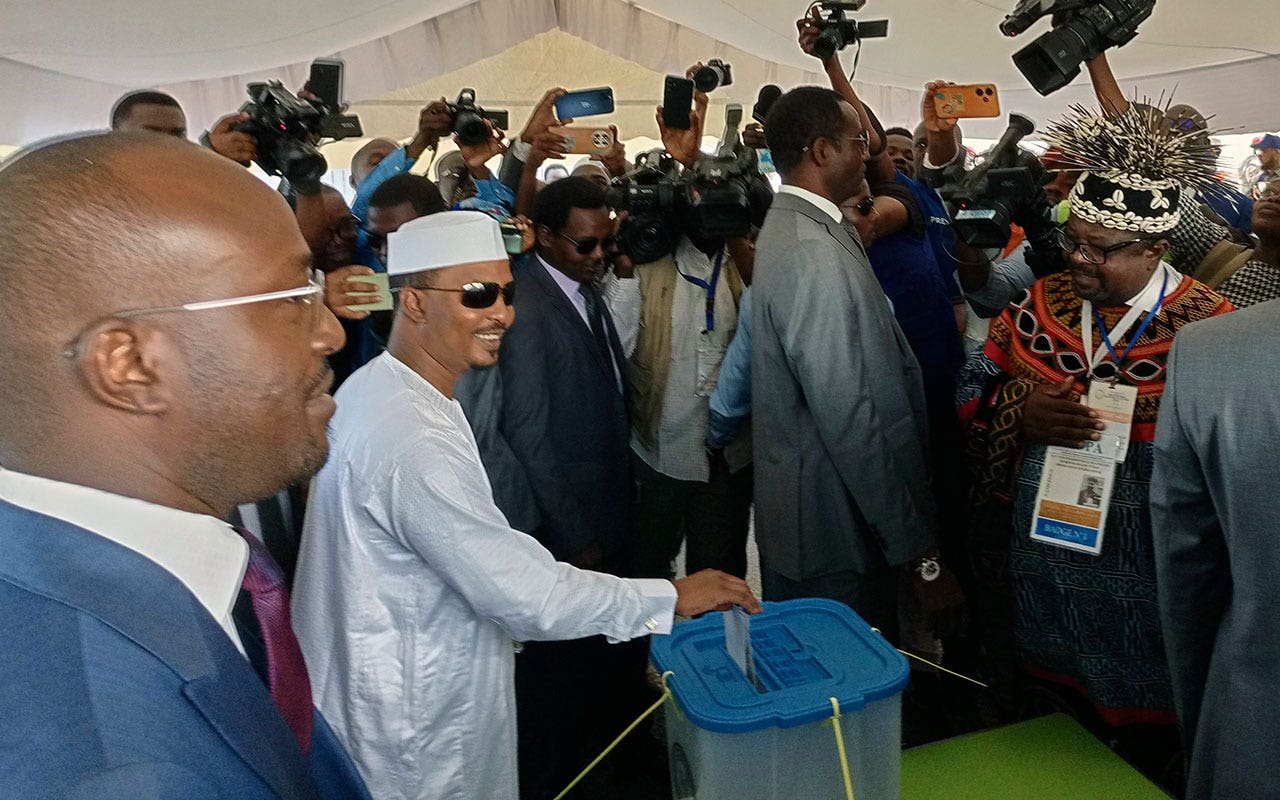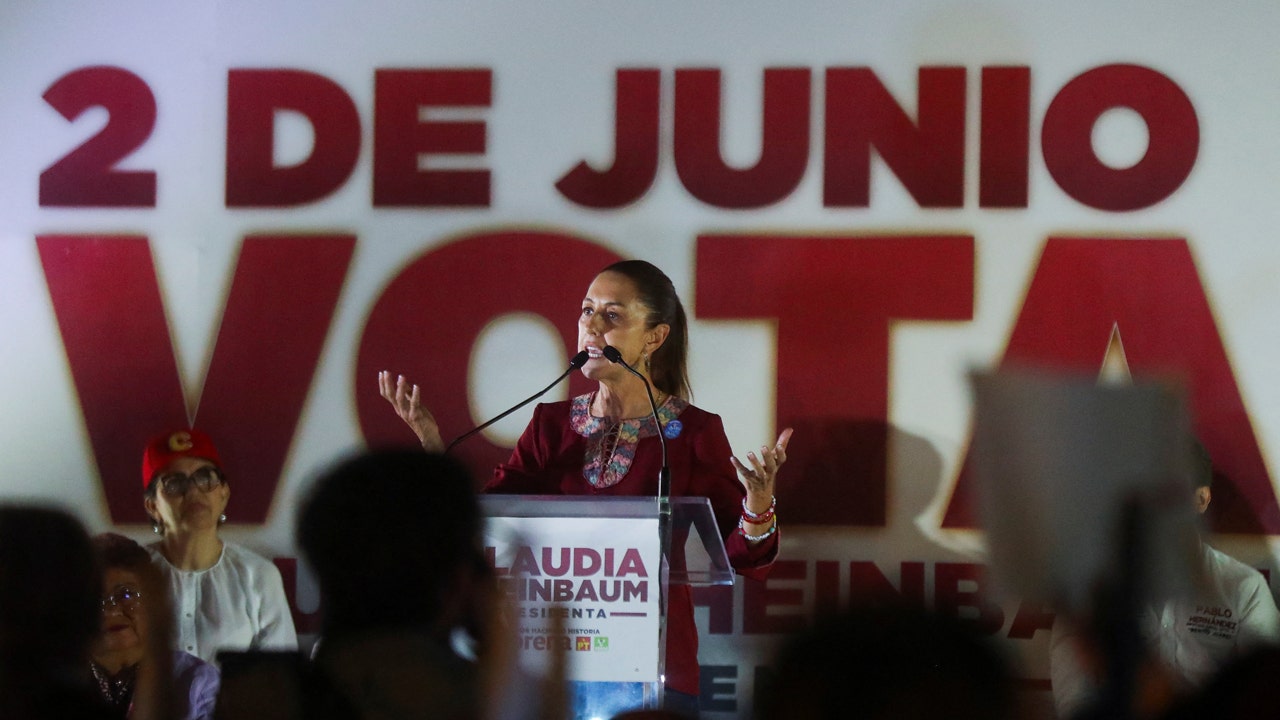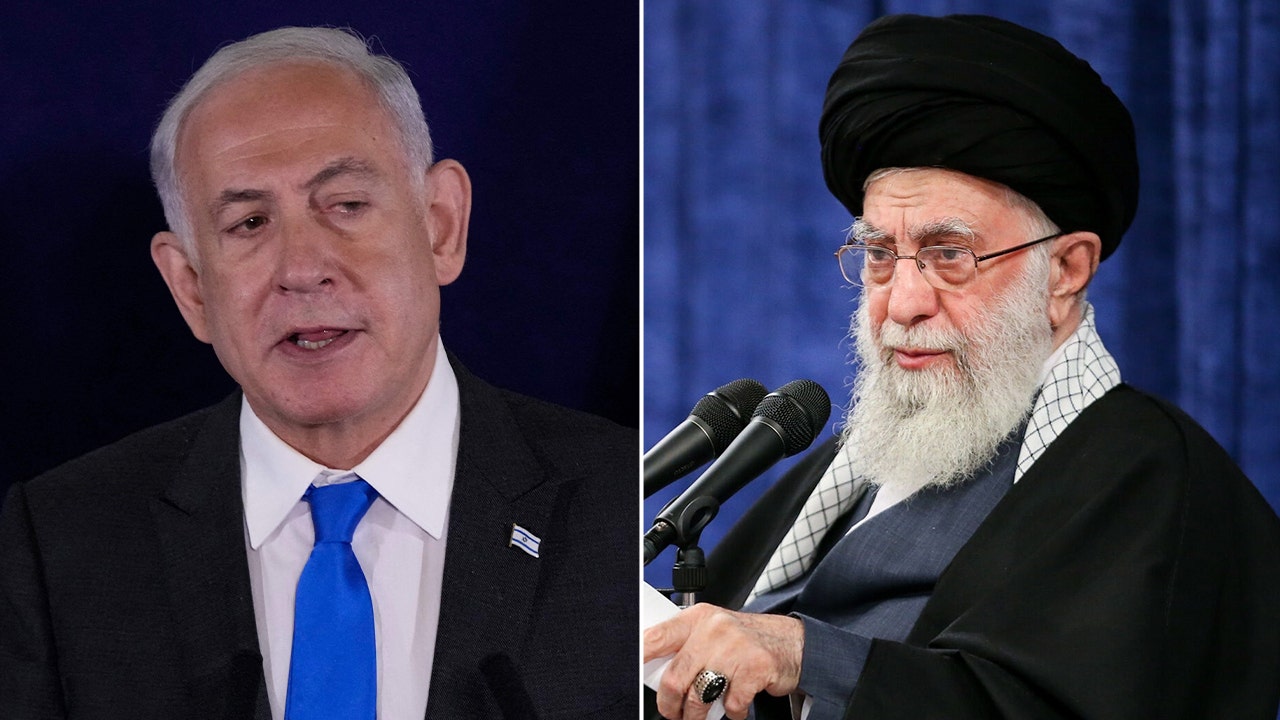This article is part of our Women and Leadership special report that coincides with global events in March celebrating the accomplishments of women. This conversation has been edited and condensed.
Her own engagement ring led Chie Murakami into a new line of international development work: improving life for miners. As founder and chief executive of Diamonds for Peace, a nongovernmental organization based in Japan, Ms. Murakami, 50, has been trying to improve the environmental and socio-economic conditions of diamond mining communities in developing countries, particularly Liberia. The organization’s mission is threefold, Ms. Murakami said: raising awareness of the issues surrounding diamond mining, helping to support the workers and providing emergency aid in the event of a crisis.
What made you decide to establish Diamonds for Peace?
I received my engagement ring in 2007. I didn’t know much about diamonds at that time, so I searched the internet looking for happy and fun stories about diamonds. But I didn’t find any of those, and I was shocked to learn about issues like conflict diamonds or child labor. After learning those issues, I started thinking about what I could do using my experience in international development working in Laos, Haiti, Kenya.
Why Liberia?
I visited Sierra Leone in 2012 to see the reality after the movie “Blood Diamond.” But I didn’t see much room for me to go in as a new group to do something. After I came back to Japan, a Japanese friend who used to work in Liberia as a U.N. volunteer introduced me to her Liberian friend. In 2014, he arranged my trip to mining communities in Liberia so I could talk to the people and observe how mining was carried out. When I came back to the Liberian capital, Monrovia, I saw a deputy minister at the Ministry of Mines, who was leading the effort to develop a policy to organize all the miners into cooperatives. Because I was thinking about the fair trade of diamonds — and one of the prerequisites for fair trade is that workers have to be organized into cooperatives or unions — I thought we were working in the same direction.
What are some specific issues affecting the artisanal mining communities in Liberia?
A major issue is extreme poverty. A worker at the diamond mine only gets around $300 a year. The miners are trapped in a poverty cycle. Usually, minerals belong to the government, so they have to have a mining license. While many miners had a license at some point in the past, most of them don’t have the money to renew it, and it means that most of the miners are mining illicitly. Because they don’t have a valid license, they cannot sell their diamonds to licensed brokers or licensed dealers, so they just sell the diamonds to a local investor who doesn’t have a license for brokerage. And then those diamonds can get smuggled to other countries.
The Liberian government estimates that about half of the diamonds produced in Liberia get smuggled to other countries.
What are specific projects carried out by Diamonds for Peace in Liberia?
Usually, miners mine because there are no other jobs for them in the community. To help them diversify their sources of income, we introduced beekeeping and fish farming.
In August 2020, we had our first beekeeping training in Weasua, Liberia. About 70 people participated in the training with experts from a Canadian NGO, Universal Outreach Foundation. We did that for two years. It takes time to harvest honey, so the beekeepers have to be patient.
During that time, many people dropped out and we now have about 25 or 20 active beekeepers. The reason we introduced beekeeping is that it’s very efficient. Once beekeepers deploy the hives in the nearby forest, they can take care of the hives only once a week, for 5 or 10 minutes per hive. They just need to clean and check inside the hive. That allows them to mine at the same time.
They can sell honey without any problem because demand is very high.
What are other steps the organization has taken?
We aim to increase knowledge and skills related to diamonds and diamond mining. We did a basic two-day training on rough diamond grading and evaluation, in which we invited representatives from 17 mining communities.
We taught them what diamonds were used for, and that the value is based on the value of polished diamonds. We also provide them training on responsible diamond mining. Many believe the diamonds are just found randomly and they just dig anywhere. But there’s a more efficient and scientific way to find where diamonds may be. In another workshop, we taught them how to process the minerals more efficiently, and to reclaim the land with the help of an American diamond mining specialist.
Where do the funds come from?
Mainly from grants, currently from the Japan Fund for Global Environment.
And the basic training on rough diamond grading evaluation was funded by the World Bank. Other individual donors and corporate members are supporting us, such as jewelry designer Mio Harutaka.
Are there female miners in Liberia?
In the community we work in, we have several female miners.. At the workshops, men tend to have more resistance to what we teach. But I think women are more accepting and more open to the new things we bring.






